
Written by digiDirect
Thomas A. Edison developed and produced the 35mm film on an experimental scale in his laboratory. To do this, he split a 70mm roll of film in half. In 1889, he created a double perforated cine film, and he described his invention as a long band of double perforated film that was driven by two sprocket wheels to pass from one band to the next.
Today, 35mm film keeps coming back. While most modern cameras are digital, shooting on film has seen a revitalisation in recent years. Why is this? What endears this film type to photographers? What varieties can you get and what are the specifications for using this type of film? How do you use it? We'll go over all of these things and much more below.
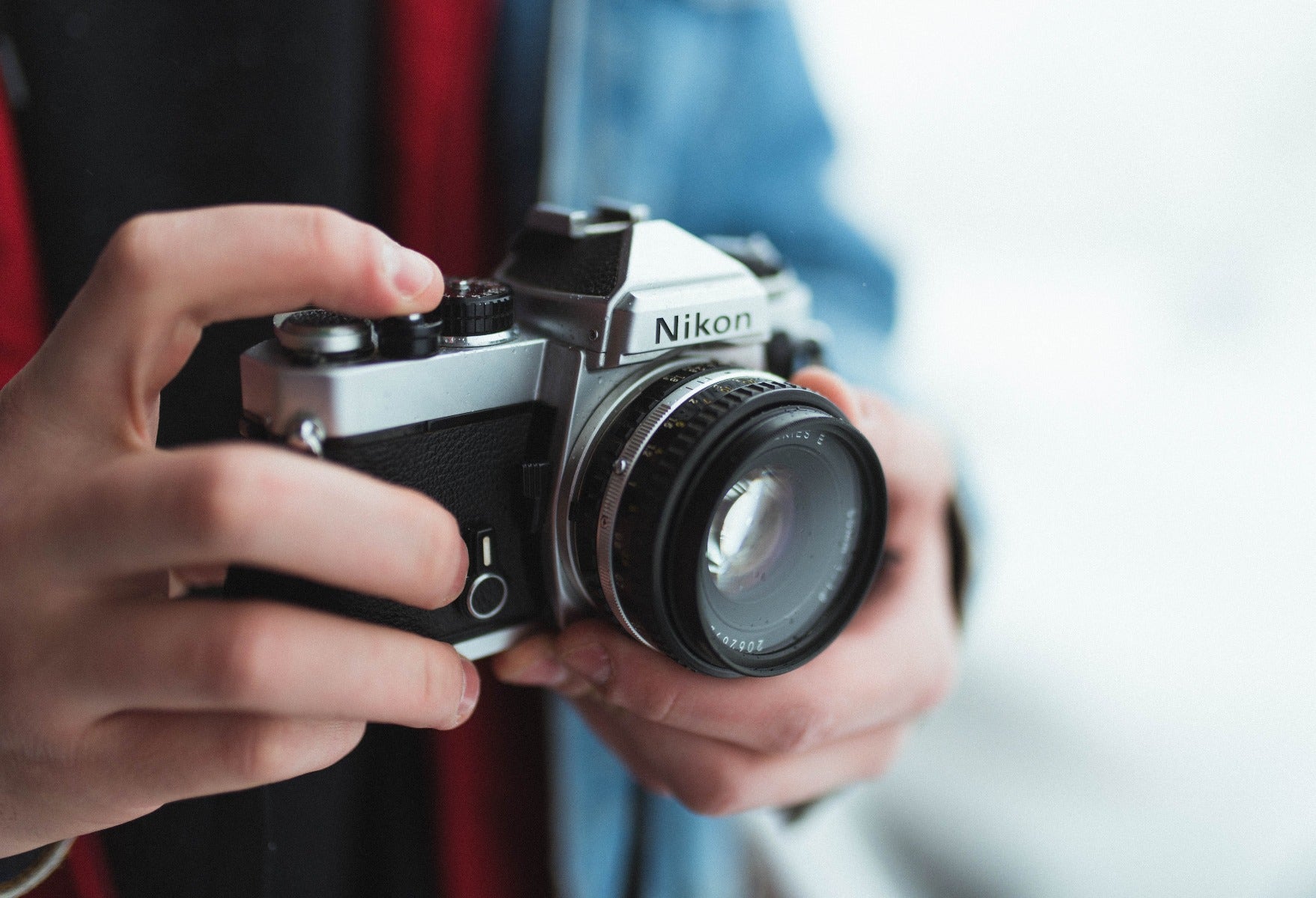
Much like the resurgence of vinyl in the music world, film photography has been making a comeback
Three Types of 35mm Film
You can usually split film into three broad categories. They include transparency film, colour negative film and black and white negative film.
Transparency - Also called slide film, this was a favourite of many professionals because it didn't require an intermediate printing stage to add to the cost and lower the quality. You could send your slides to picture libraries or editors. However, this range slowly thinned out. You can still get Fujifilm Velvia and a few more, but there aren't many more options available these days. People don't use Kodachrome anymore, but labs can process transparency film that utilises the E-6 process.
Colour Negative - This type was originally reserved for commercial photographers who produced print packages or for family snapshots. However, now that most photographers digitise their analog images, it's fairly straightforward to handle the negative tones and orange mask. It's a great alternative to slide film, and there are several more options available. This is the primary type of film that digiDirect develops and prints in our labs.
Black and White Negative - This film type is still extremely popular, and you can still find most of the classics from Kodak, Ilford, and Fujifilm available. There are also dozens of lesser-known specialist film types available. Most of these film types let you use several processing kits and solutions at room temperature to get high-quality photos.
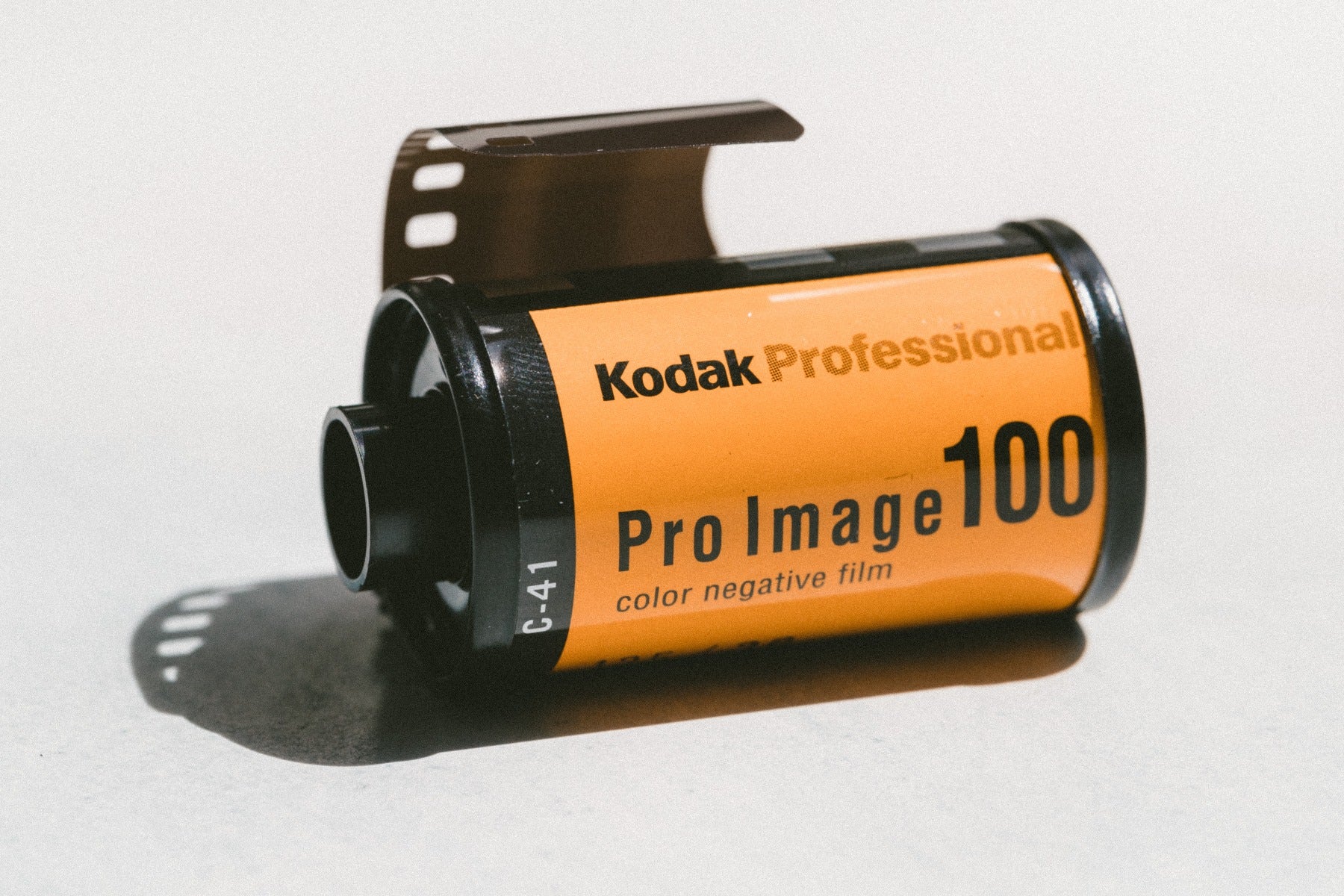
C-41 film is by far the most popular 35mm in use these days
Characteristics of 35mm Film
35mm film comes with a few unique characteristics that make it so charming for photographers to use. They include:
Cassette
Individual rolls of film were popular, and they came enclosed in a metal cassette that was light-tight and single-spooled. You could load your camera in the daylight. Manufacturers taped or clipped the spool exits. You had to rewind the spool before you opened your camera. Manufacturers marked film cassettes from the 1980s onward with a DX encoding pattern. The ISO standardised the film speed, and different films have different light sensitivities.
Speed and Type
Although there were several emulsion types available, most have a colour emulsion of ISO 100/21 degrees to an ISO of 800/30 degrees. There are monochrome and colour films. Today, the monochrome film is mostly panchromatic. You can also get film that is sensitive to infrared radiation.
Image Format
When you hear 135 format, it typically means 36 by 24mm film format. You'll find this particular format is common with digital image sensors, and people usually call it a full-frame format. With 135 film, it has a longer dimension that runs parallel to the film's length. For every frame, the film goes forward eight perforations. In turn, you'll have 2mm gaps between your frames. The film is around 0.14 mm thick. Manufacturers applied other image formats to this film, like the 18 by 24mm half-frame format that was popular in the 1960s.
Film Length
You can get different lengths that vary depending on exposure numbers. The standard roll has 36 exposures, but 20 exposure rolls gained popularity in 1980. However, they quickly faded out and gave way to 24 and 12 exposure rolls.
Part of film's appeal is that is has a distinct look that can't be replicated by digital cameras
Photography Styles 35mm Film Excels At
This type of film works very well for portrait photography. Since it can be more finicky with exposure, you want to use it where you have precision control over any lighting or outside factors that can take away from your photos.
Depending on the camera, this film is very good with landscape photography. Many 35mm film cameras have naturally wide views, and this allows you to easily capture large portions of landscapes in a single shot.
Of course there are many different ways to use 35mm film and subjects to shoot, these are only a few suggestions!
How to Use 35mm Film
It's relatively easy to use 35mm film cameras, even more advanced units. We've broken the process down into a few easy steps that work for virtually any film camera.
Pick Your Film Stock - These cameras use rolls of film, and you can pick out different styles and colours of film to change how your final photograph looks. You can pick black and white, sepia tone and several colour options.
Choose a Low ISO for Bright Light and a High ISO for Low Light - Look for the ISO number on your chosen film stock. If you want to take outside pictures, set your ISO around 100. For inside shots, an ISO of around 600 or 800 is better. 400 is a good mid-range choice.
Lift the Rewind Knob to Open the Camera - You can usually find a rewind knob on the top left corner. Fold the small arm out and lift the knob up to pop open the camera's back.
Insert the Film Roll and Press the Button - Remove the packaging and put your film into your rewind port. Slide the bottom of the roll until it snaps in place. The film strip's leader should now point to the right-sided spools.
Put the Film Strip Into Your Spool - Gently grab the end of the film strip and unwind it. You want it to reach the film takeup spool.
Push the Shutter Release Button and Advance Your Film - Insert your film's end into the takeup spool and push the shutter release button. Push the advance lever because this will wind your film around the spool.
Close the Camera - Your film is now in place, and you can close the back of your camera. You may have to use a little bit of force to snap it shut.
You're now ready to set the ISO, pick an aperture, wind the film and set up your shot. What you see when you look through your lens will mirror your final shot, so take your time. Push the shutter button to take your photograph.
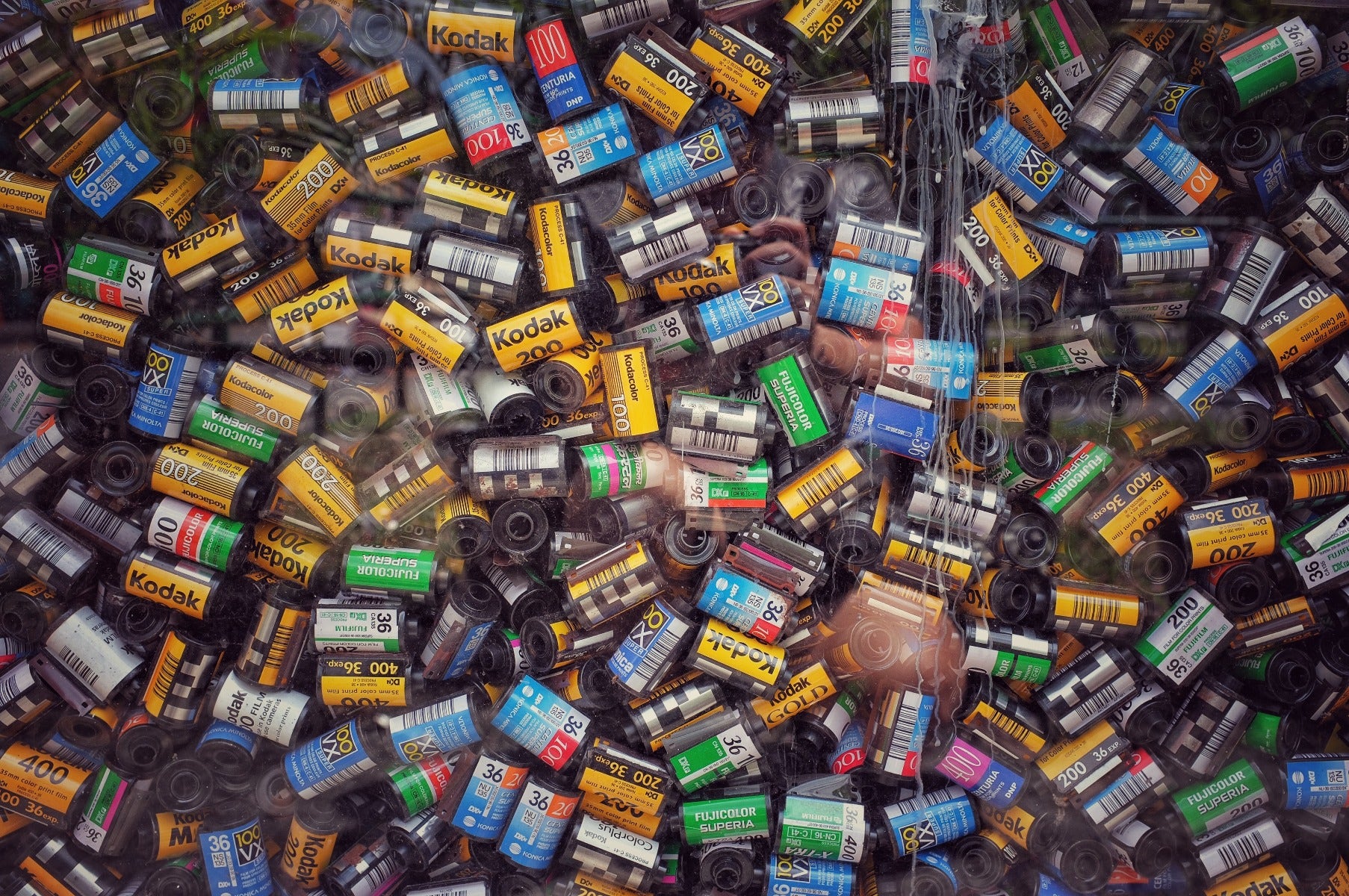
There are many varieties of 35mm film still available for sale today
How 35mm Film Differs from Digital Photography
There are a few slight differences between 35mm and digital photography. With digital cameras, the resolution depends on your pixel number. 35mm film doesn't have pixels, but your resolution depends on the camera's angular resolution.
As a general rule, 35mm film has more grain or noise than digital photos. This is what makes it so endearing and charming for a lot of photographers. The classic film look has been attempted to be replicated by filters or other settings on modern cameras, but nothing really compares to real film.
Film speed (or ISO) is another difference between digital photography and 35mm film. Digital cameras can reach much higher ISO numbers, and they can change on the fly. With film, the roll you purchase will have a specific ISO, which means every photo on that roll will be of the same ISO. This requires a little bit of extra thought when taking your image.
Another limitation of film is that you only have a set number of shots. On digital cameras you can shoot until you fill up your SD card, which typically takes thousands of shots. There is very little cost to shooting extremely high number of photos. With film, you likely only have 36 shots on a single roll. Once you fill that up you have to change rolls. And if you want those photos, you have to develop the roll, which typically involves some cost. However, rather than seeing this as a negative, many film shooters find this to be a positive, as it forces you to consider your image much more critically before you press the shutter. Many photographers appreciate this more measured and selective approach in the face of high speed digital shooting.
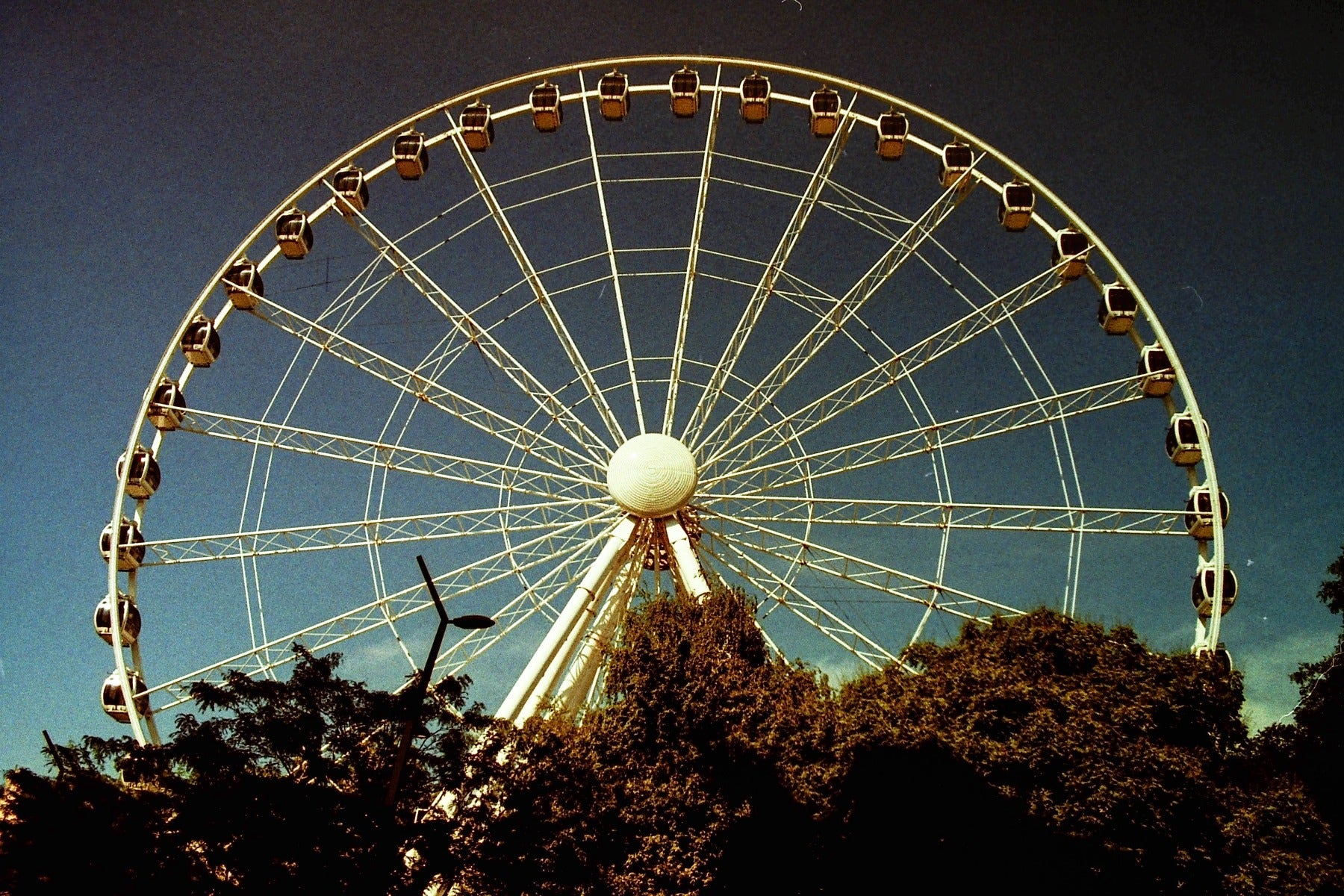
A higher level of analog grain and distinct saturation and colour profiles distinguish film from digital images
Buy and Develop Your Photos at digiDirect
At digiDirect, we sell lots of 35mm film and we offer developing and printing services. We use the highest-quality chemicals and archive paper to ensure you get exceptional results each time you trust us with your photographs.
We offer one-hour C41 film processing, and we can do negative scanning and reprints for 110, 126, 120, APS and 35mm film. We have traditional wetlab photogenic printing available, video transfers, custom framing, and hand-made canvas.
Bring your photos to one of our stores to get them developed, and we can also do all types of prints of both analog and digital images alike. If you'd like to find out more or if you have questions, reach out and contact us today!











































































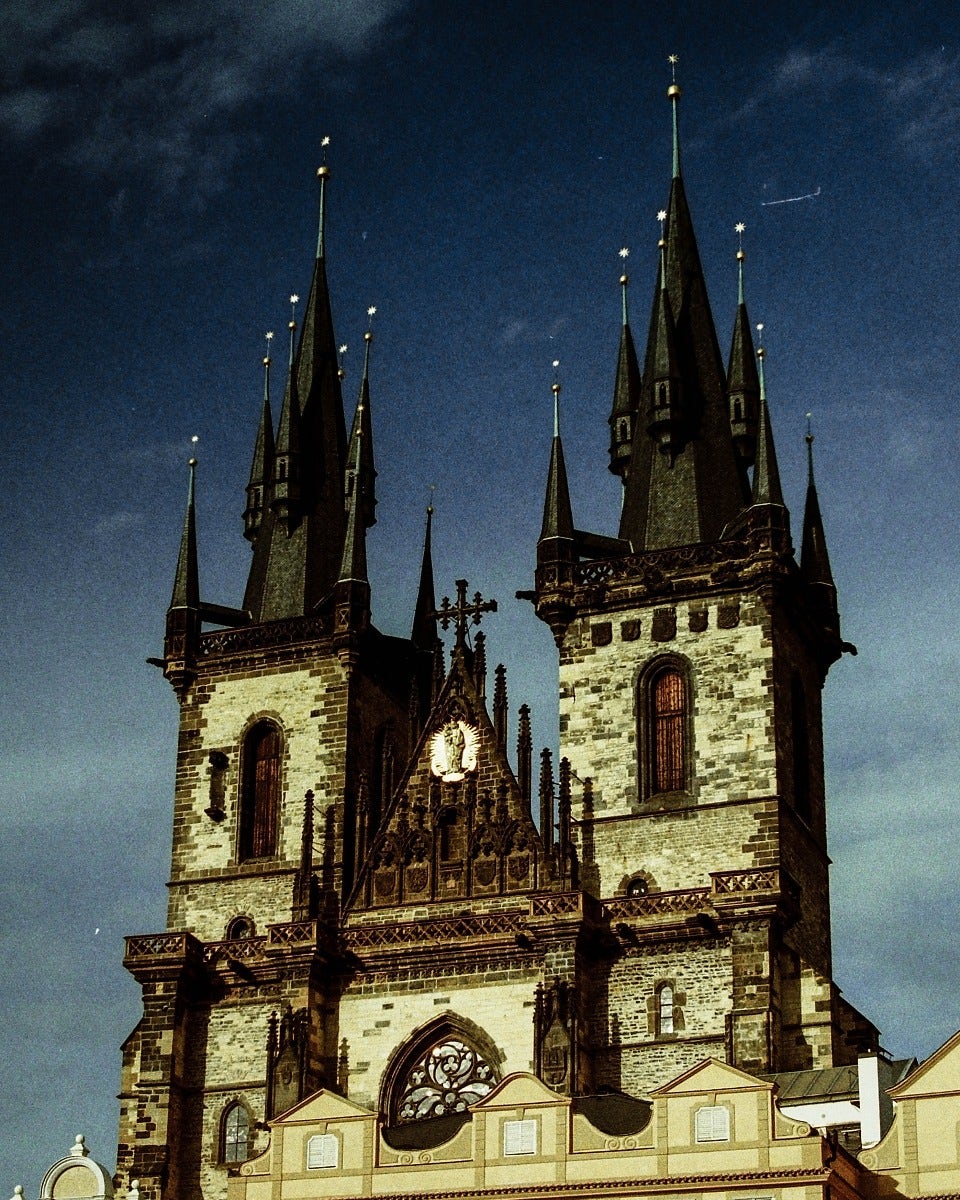
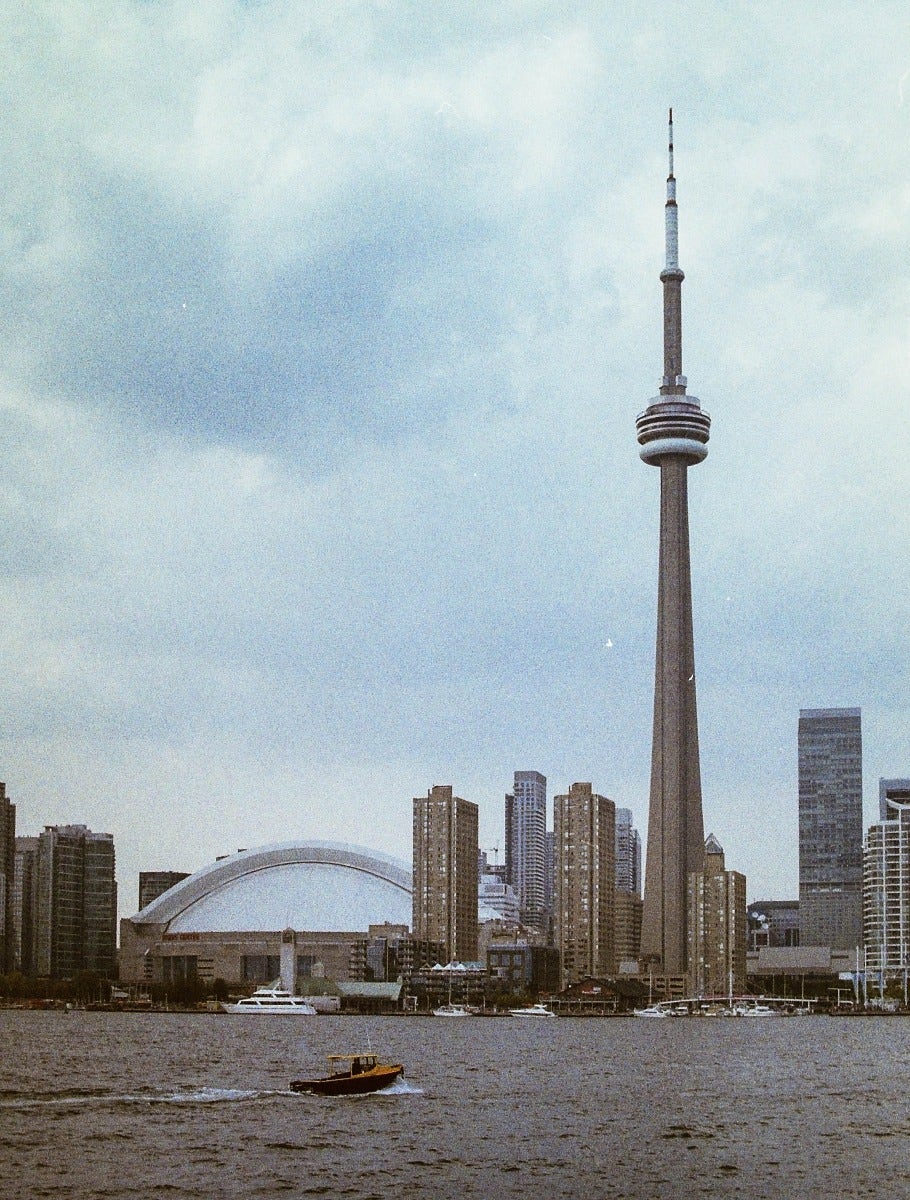


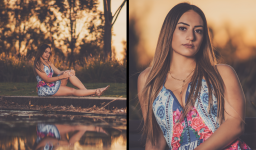
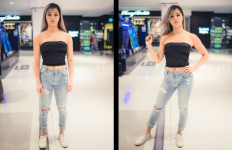

Comments
No Comments yet. Be the first to comment.